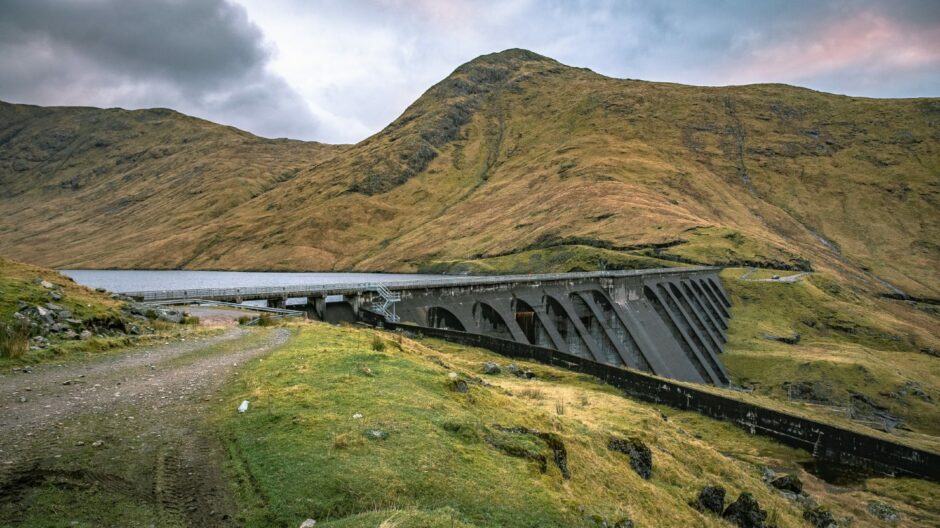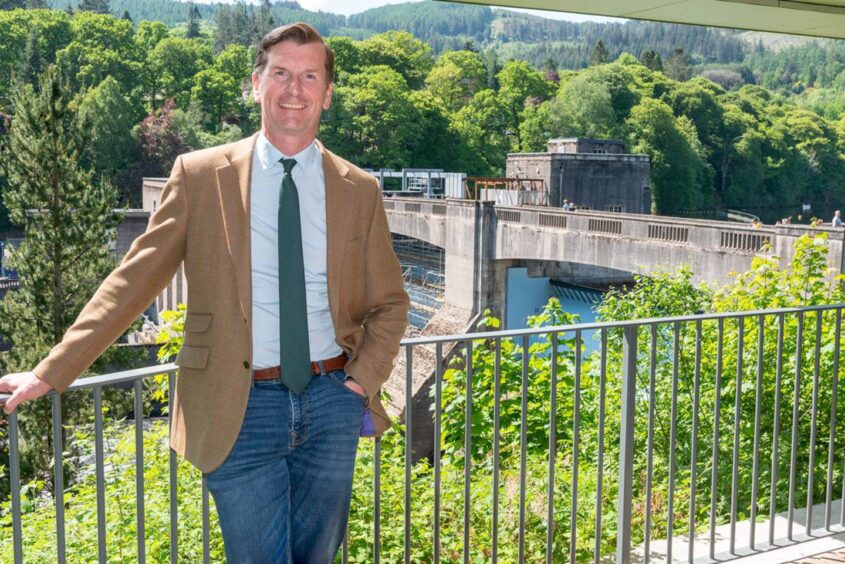
The UK government is going hell for leather on renewables; however, the SNP is questioning how Labour aims to store electricity without pumped storage hydro.
Angus and Perthshire Glens MP Dave Doogan sent a letter to energy minister Michael Shanks calling for the government to back the technology to deliver energy transition goals.
Doogan wrote that to make the transition to “onshore and offshore wind viable” the country requires large-scale, long-duration electricity storage (LLES).
The MP explained: “A key form of LLES is pumped storage hydro, with several companies poised to invest billions of pounds in pumped hydro projects in Scotland.”
He asked when pumped storage hydro would be receiving government backing.
“Pumped storage hydro remains the only major renewal technology ineligible for UK Government support, with the UK having failed to deliver a new pumped storage hydro facility in more than four decades, despite new facilities being constructed across Europe,” Doogan said.
In March a consultation for a “cap and floor” mechanism for pumped storage hydro concluded, however, supporters of the technology still await results.
The cap and floor mechanism would function in a similar way to the contracts for difference (CfD) scheme by providing revenue support for LLES projects.
This would set out to tackle investment barriers in energy storage as government support will be available, “providing a guaranteed revenue should returns from operating assets drop below the agreed floor” the consultation document explained.
However, the ‘cap’ would provide “protection to consumers” if operator revenues got too high.
Alongside pumped hydro, other eligible storage technologies would include flow batteries, compressed air and liquid air energy storage systems.
Pumped storage hydro project will hear more ‘in due course’
When asked about when the industry can expect updates from March’s consultation, Department for Energy Security and Net Zero (DESNZ) told Energy Voice: “We will lay out further plans in due course.”
Doogan pointed to a Scottish Renewables report from May 2023 that found six ongoing projects could “substantially contribute to the UK Government’s power decarbonisation target and to security of supply.”
The BiGGAR Economics report found the projects will more than double pumped storage hydro’s output capacity to 7.7GW while quadrupling its storage capacity to 122GWh.
A DESNZ spokesperson said: “We are taking immediate action implementing our long-term plan to make Britain a clean energy superpower – boosting our homegrown supply by radically increasing the deployment of onshore wind, solar and offshore wind.
“Alongside this, we will ensure we have the long-term energy storage the UK needs to make the most of clean, homegrown power.
“There is potential in Scotland for additional pumped storage to contribute to our energy needs and the local economy.”
Developers are ‘eager’ to work with government
Roderick MacLeod, director of one of the firms behind a Scottish project, Glen Earrach Energy, explained that government engagement with the sector is “extremely good news.”
He added: “Globally, pumped storage projects have historically relied on government support. The UK government’s proposed income floor is the right move in the right direction, which Glen Earrach Energy fully endorses.
“We believe that prioritising projects proven to be the most efficient, cost effective and sustainable, rather than those that are ahead in a queue, such as planning, will foster self-financing, minimise reliance on government support and therefore maximise opportunities for on-going and successful partnerships with the UK government toward the delivery of Grid Net Zero.”
Previously, the firm behind the largest pumped storage hydro project planned in the UK said that Glen Earrach could “realistically” be up and running by 2032.
However, this would rely on the cap and floor providing investment confidence.
MacLeod told Energy Voice earlier in the year: “They are trying to get the projects funded completely by private funding. I think it will happen, especially if they design the cap and floor that allows debt funding to be unlocked.
“The projects are self financing and actually never draw on the floor because the government has backed the right projects. And all it has done is provided the floor that says to the banks no matter what happens you’re going to get paid back.”
Doogan, again pointing to last year’s Scottish Renewables report, added that “Scotland would create around 15,000 jobs and generate up to £5.8 billion for the UK economy” if barriers were lifted for the renewable resource.
MacLeod commented: “We are eager to work in collaboration with the UK government to develop a cap-and-floor mechanism that optimises grid benefits, consumer value and environmental and community benefits.”
The call for ‘urgent confirmation’
Glen Earrach is not the only project waiting for a government announcement, SSE expects to make a final investment decision next year or in early 2026 on its Coire Glas. However, this will rely on a cap and floor decision.
As a result of this, and other examples, Doogan called for “urgent confirmation of when Scottish pumped storage hydro developers can expect to receive a response to the consultation.”
However, until a government announcement pumped storage hydro projects will wait with bated breath.




